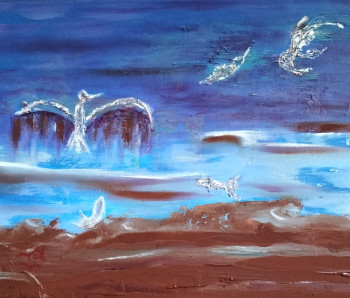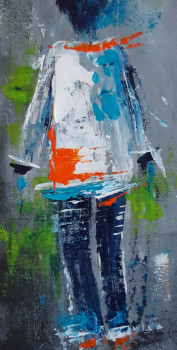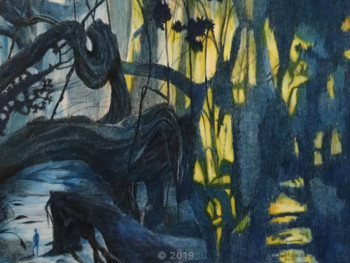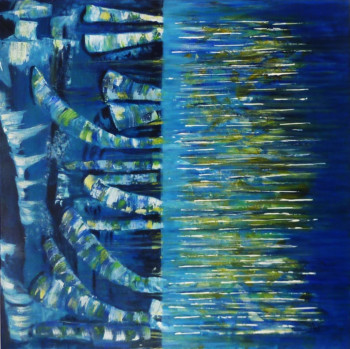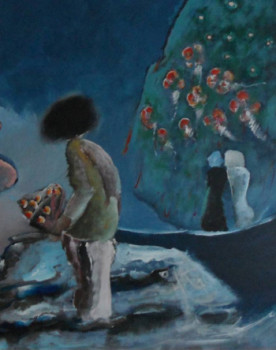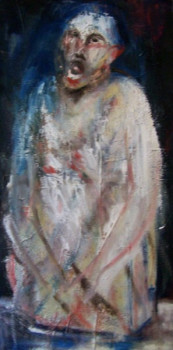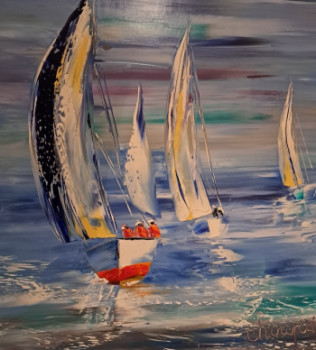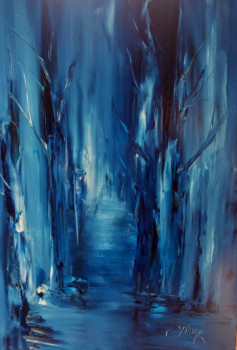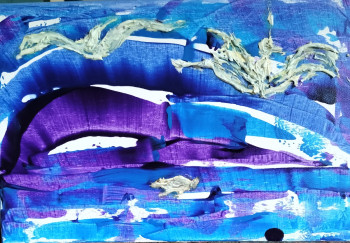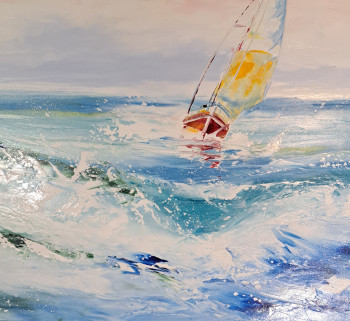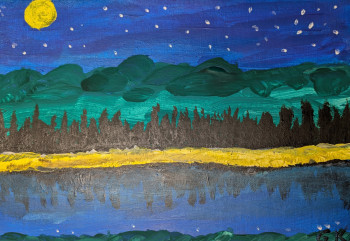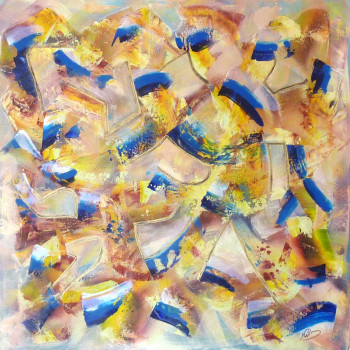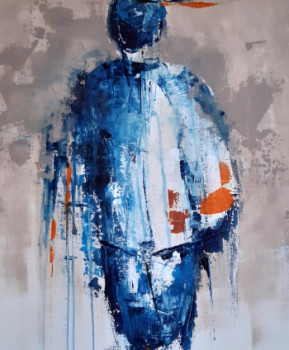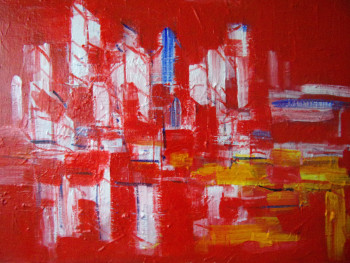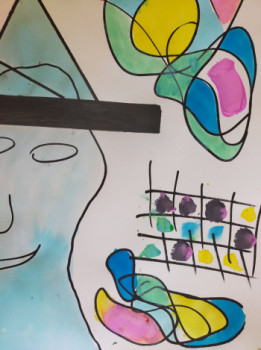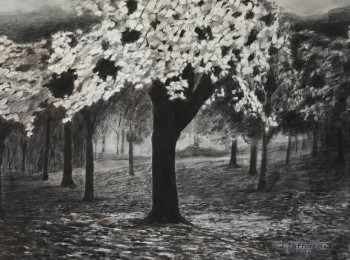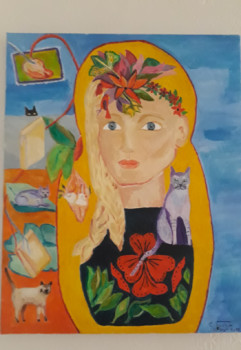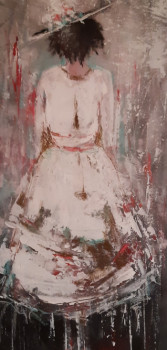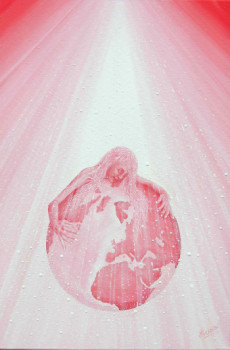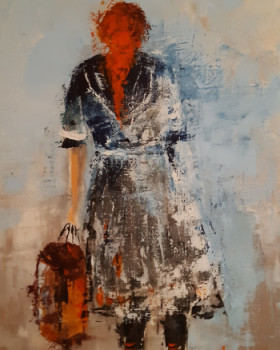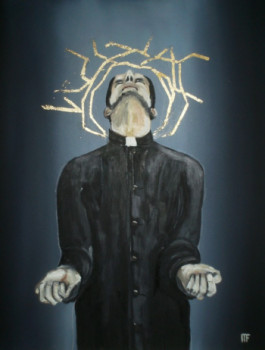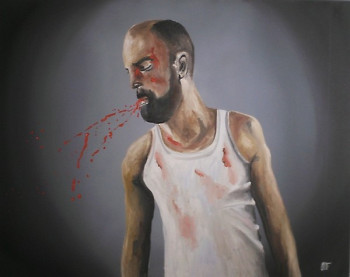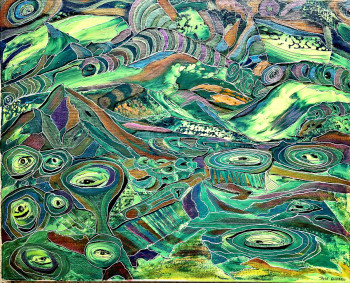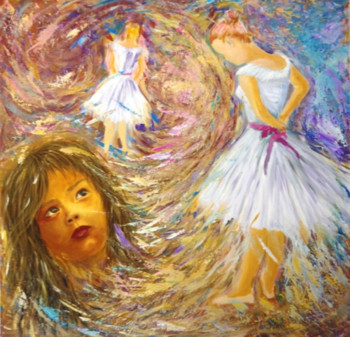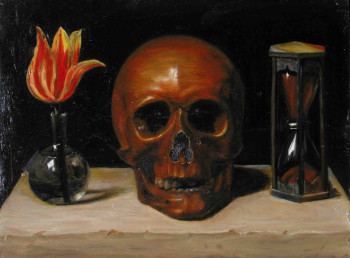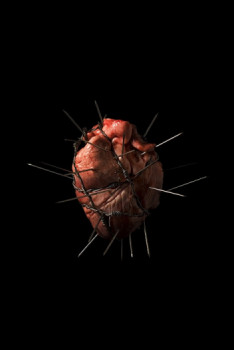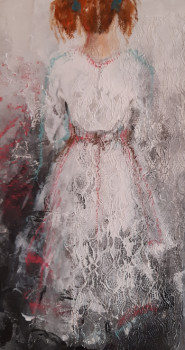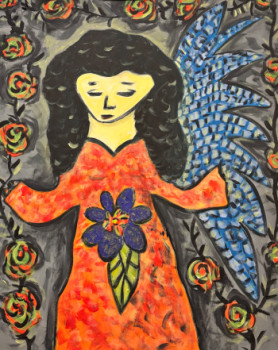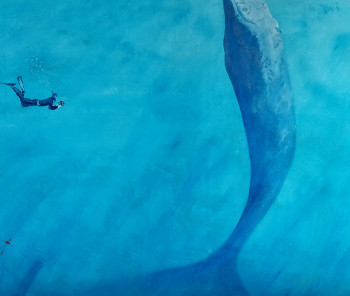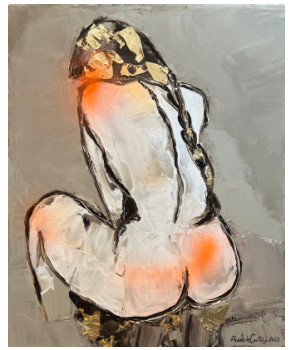
Presentation of Marc Chagall

Marc Chagall is one of the most renowned painters of the 20th century. His work cannot be linked to a specific school, even if he can get closer to surrealism. His talent lies in the originality of his drawings, his compositions and in his talent for colors. In addition to his origins, his life as an artist was influenced by his encounters and the significant events of the century.
Its origins
The painter Marc Chagall, whose original name was Moïche Zakharovitch Chagalov, lived from 1887 to 1988. 1985. He was born Vitebsk, Belarus. Naturalized French in 1937, he is considered as one of the leading painters of the 20th century in France.
He comes from a Jewish family and spent his childhood his first years within the community Jewish. His father was employee in a synagogue and his mother raised him by teaching him how to love the Bible. His hometown inspired him throughout his life. He often associates it with paintings describing a certain paradise on earth. A paradise associated with beauty and at naïveté of childhood.
His work is greatly inspired by Jewish tradition, the life of the shtetl, a Jewish village in Eastern Europe of this ;period. It is marked by Jewish folklore. There are many winks at the same time. his original culture in his works, like the little wandering Jew, with his bag on his back, flying in various of his paintings. If Paris becomes his adopted city, he never denies his origins and deals with them. Even when painting Parisian landscapes, he juxtaposes elements drawn from his childhood memories. It was during his studies at Saint Petersburg where he met Bella Rosenfeld, the great love of his life.
The impact of historical events in the life of the painter
The painter goes to Paris in 1910. He discovered Fauvism and Cubism. From these movements he retains the attraction for colors and the questioning of perspective. He likes to go to the Louvre where; he admires the masterpieces of Delacroix, Courbet, Géricault...
In 1914, he returned to his hometown. The stay is extended cause of the outbreak of the First World War. He marries Bella and they welcome their first daughter. The community Jewish, then persecuted because she was accused of plotting against the Russian Empire, her family welcomed many refugees. Chagall, without being worn by faith, feels linked to its original Jewish culture.
At the time of the Russian Revolution, he became Commissioner of Fine Arts in his hometown and directed the art school there. After the war, he returned to Paris. Paris. His works begin at be known in the United States. The painter takes the nationality of He came to France to escape the anti-Semitism of Central Europe in the 1930s. In 1941, he was nevertheless arrested. Saved at the last minute, he reached New York where he arrived. he lives in exile. After the war he returned to settle in France. He continues to paint pictures but also sets or makes costumes for the opera. He also designs church stained glass windows. He ended his life at Saint-Paul-de-Vence.
His momentous encounters
- His women
His great love, Bella, died in 1944. He met Virginia Haggard in 1945, they had a son in 1946. He remarried in 1952 to Valentina Brodsky known as Vava.
- His famous friends
He is friends with the poet Blaise Cendrars with whom he can speak Russian. The latter puts him in contact with Robert Delaunay and Guillaume Apollinaire.
- His patrons
Ambroise Vollard is a merchant and book publisher. He commissioned numerous paintings and illustrations of the Bible from him. In 1963, André Malraux offers; Chagall to paint a new ceiling for the Paris Opera at the Palais Garnier. In 1964, the director of the Metropolitan Opera in New York commissioned two murals, sets and costumes for "The Magic Flute".
Three famous works by Marc Chagall
- Double portrait with a glass of wine 1917-1918
This work is a tribute to his marriage to Bella. Joy and originality stand out brilliantly from the table. The particular position of the bodies (the artist is on his wife's shoulders!), the particular construction of the painting (the bodies are flying above his hometown painted in the background) give a cheerfulness communicative. The farandole of colors accompanies the warm character of the canvas.
- Me and the village
The artist has fun here with colors, perspective and disproportionate sizes. In the center stand out a man's head and a horse's head. The composition plays with lines and angles. In the background is a village with colorful houses, some of which have been turned over. This village symbolizes Vitebsk. Chagall delivers here an idealization of the community of in which he grew up orù men and animals live in harmony.
- The Song of Songs III
The painter truly tells his story here. We find parallels between different parts of his life. Jerusalem is represented in double: at the top resembling; Saint-Paul-de-Vence. Below and above; upside down, upside down Vitebsk, which can be recognized by the green-roofed sanctuary. The entire lower part of the painting, the reverse, evokes his youth. The wandering Jew, carrying his bag on his shoulder, speaks of his exiles. The embracing couple along the bottom edge, represents his union with Bella. The upper part resonates with his new life in the South of France and the bride and groom talk about his second marriage to Vava. The colors of this work are once again magnificent, warm and vibrant.
Découvrez quelques oeuvres inspirées de Chagall
